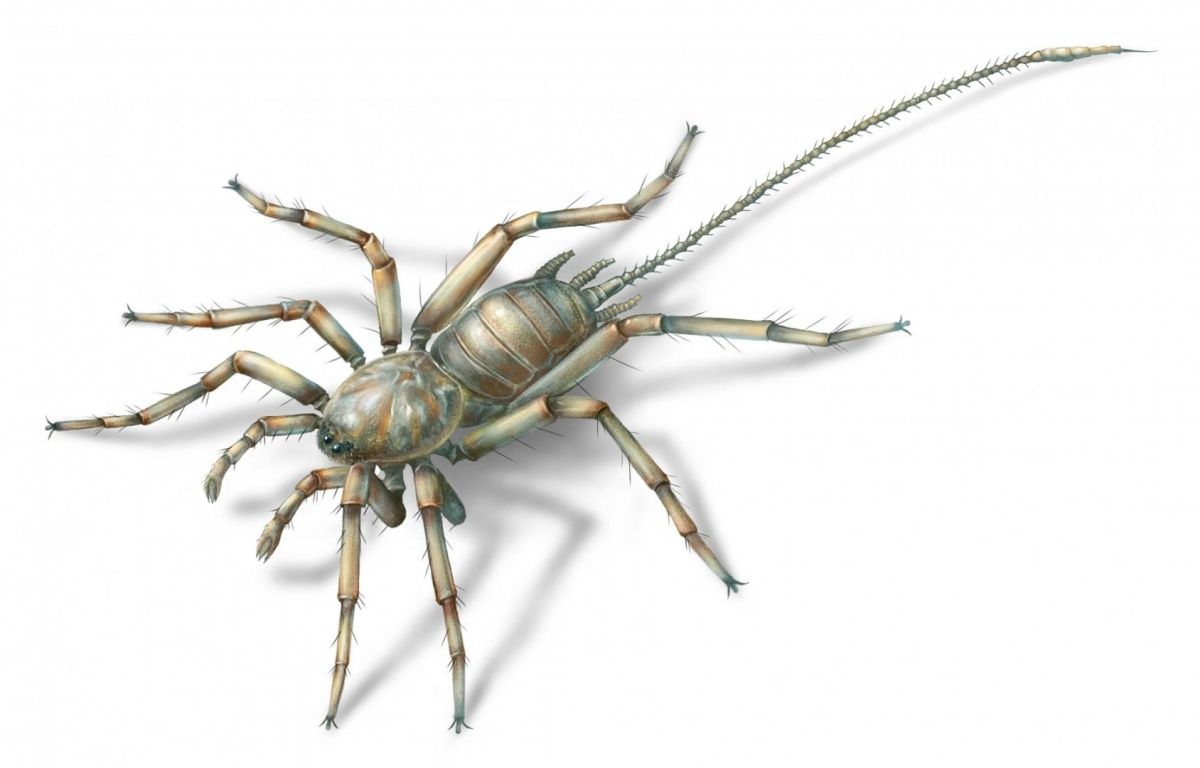100 million year old spider with tail found in fossil

The research team, led by Bo Wang from the Chinese Academy of Sciences, found a 100 million-year-old fossil in Myanmar well preserved in Burmese amber that points towards a new species of spider, Chimerarachne yingi.
The fossil dates back to the Cretaceous period when dinosaurs like the Tyrannosaurus Rex and Velociraptors walked the Earth.
The significance of this discovery was the apparent ‘whip-like’ tail. The research, published in Nature Ecology and Evolution, could point towards how living species of spiders today have evolved.
It seems that the fossil is of an arachnid species appears to closely resemble the mesotheles, a primitive group of living spider species, minus the tail. Today, this group are only found in China, Japan, and Southeast Asia.
However, research reveals that there is no direct line of ancestry from the Chimerarachne to modern-day spiders.
Rather, it is likely that they come from an extinct species of spider-like arachnids, which may share a common ancestor to the modern species of spiders seen today.
Evolutionarily speaking, spiders are incredibly successful survivors, with more than 47,000 species spanning millions of years.
To do this, they have evolved unique mechanisms, such as spinnerets for producing silk for webs, which they also use for wrapping their eggs.
As well as this, unique to each species are modified male mouthparts, which are used to transfer sperm to the female during mating, and venom for immobilizing prey.
But it is unclear whether this particular ancient species of spider found would have been venomous or not.
“Based on what we see in mesotheles, we also would have expected the common ancestor of spiders alive today to have had four pairs of spinnerets, all positioned in the middle of the underside of the abdomen.
“Chimerarachne only has two pairs of well-developed spinnerets, towards the back of the animal, and another pair that is apparently in the process of formation,” says Dr Garwood, from Manchester’s School of Earth and Environmental Sciences.
“Perhaps the most interesting aspect of the new fossils is the fact that more than 200 million years after spiders originated, close relatives – quite unlike arachnids alive today – were still living alongside true spiders.”







